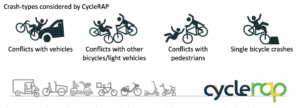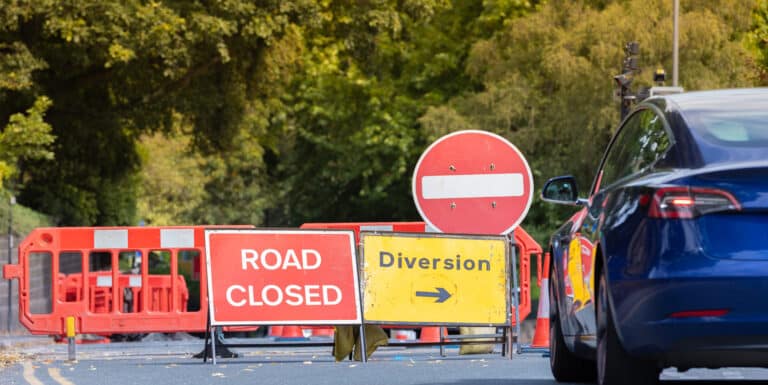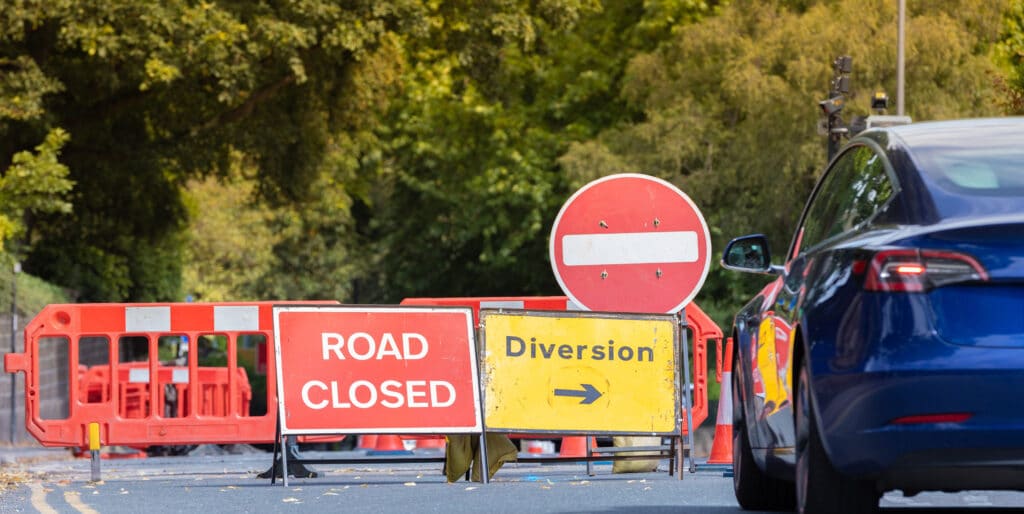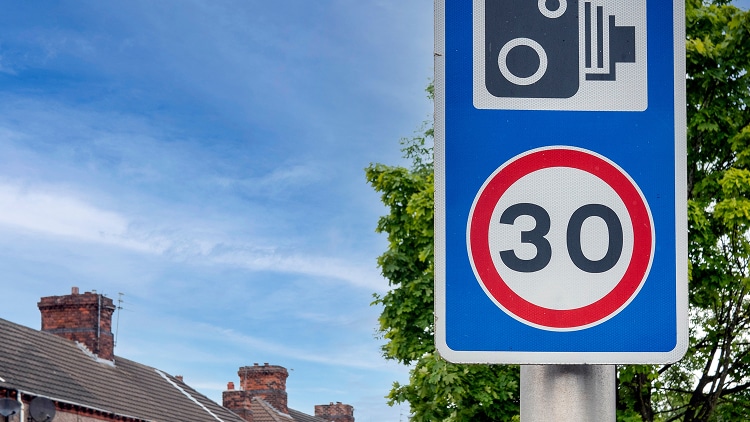iRAP Tools and Methodology
The iRAP tools and methodologies support the delivery of a Safe System, providing a proactive approach to risk management.

The iRAP methodology supports a proactive, data-driven approach to road safety that aligns closely with the Safe System. Rather than waiting for crashes to accumulate, iRAP identifies risk based on road design and operating conditions—allowing action to be taken before collisions occur. This is increasingly important as collision data has become less predictive over time; serious road trauma is now more sparsely distributed across networks, making traditional blackspot/hotspot analysis less effective due to statistical noise and phenomena like Regression to the Mean.

The iRAP methodology systematically assesses road safety risks for all road users, vehicle occupants, motorcyclists, pedestrians, and cyclists. This assessment is conducted through the collection of high-definition, GPS-referenced video footage of roadways and roadsides, coding 50 key safety attributes every 100 meters according to a detailed manual. This data is processed in the ViDA software to generate Star Ratings, which objectively measure the built-in safety of roads using five bands (with further granularity via decimal ratings), based on the relationship between road features and crash likelihood/severity. The process also estimates future fatal and serious injuries using historical crash and road user flow data and tests over 100 countermeasures to create a Safer Roads Investment Plan, which prioritises treatments based on their effectiveness and cost-benefit ratio. Users can further tailor these recommendations through the User Defined Investment Plan, enabling flexible scenario testing for targeted safety improvements.
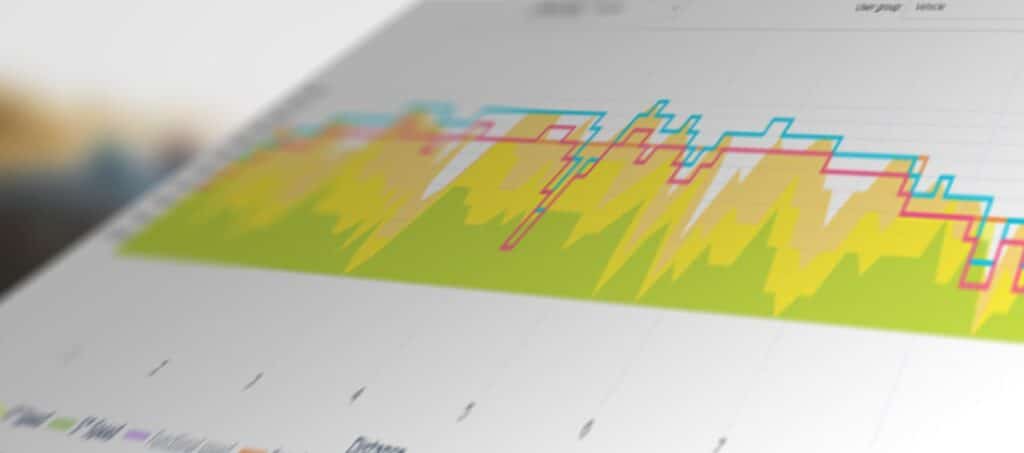
The Route Review Tool (RRT) is a web-based platform that helps road safety engineers turn iRAP assessment data into practical safety improvements. It allows users to review and refine Safer Roads Investment Plans, initial Star Ratings, and Fatal and Serious Injury (FSI) estimates by incorporating local insights and selecting from over 170 engineering countermeasures, including 22 focused on speed management. The tool provides detailed data, including speed compliance insights and thresholds for achieving higher Star Ratings. Once adjustments are made, the RRT generates reports estimating the impact of chosen interventions on safety outcomes, supporting evidence-based planning and business case development.
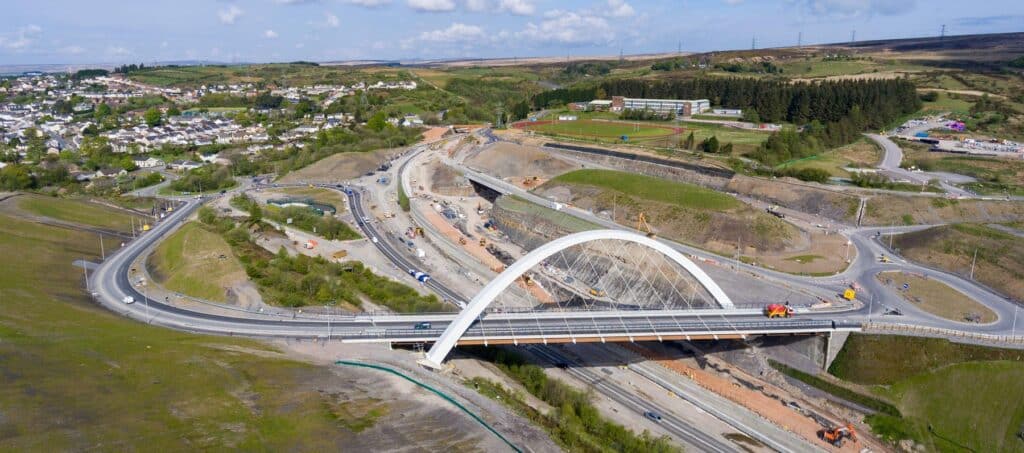
Star Rating for Designs (SR4D) is a process and evidence-based programme of applications informed by the iRAP Methodology which enable the objective measure, and improvement, of the level of road safety ‘built in’ to a road design for vehicle occupants, motorcyclists, pedestrians and cyclists, before the commencement of civil works.
SR4D enables road engineers and designers, municipalities and road authorities, funding agencies and governments to make roads safer.
Ensuring the safety of a road design before it clears the design phase directly equates to lives and serious injuries saved on the street. Despite knowledge and free tools to improve design safety, unsafe 1- and 2-star roads are still being built.
SR4D strengthens the road safety audit process, complementing it with an objective and repeatable qualification of road user risk (without the need for a high level of experience), and supports the wider potential of Star Ratings as a safety performance metric and maximised safety in road infrastructure investment.

Star Rating for Schools (SR4S) is an award-winning, evidence-based programme designed to assess and reduce the risk children face on their journeys to school. By evaluating road features and traffic conditions at specific locations, SR4S generates simple 1- to 5-star safety ratings—where 1-star is least safe and 5-star is safest—to guide rapid, life-saving interventions. With road traffic injury now the leading cause of death for young people aged 5–29, SR4S plays a critical role in driving strategic infrastructure investment and empowering community advocacy to prevent the 500 daily child fatalities caused by preventable road crashes worldwide.
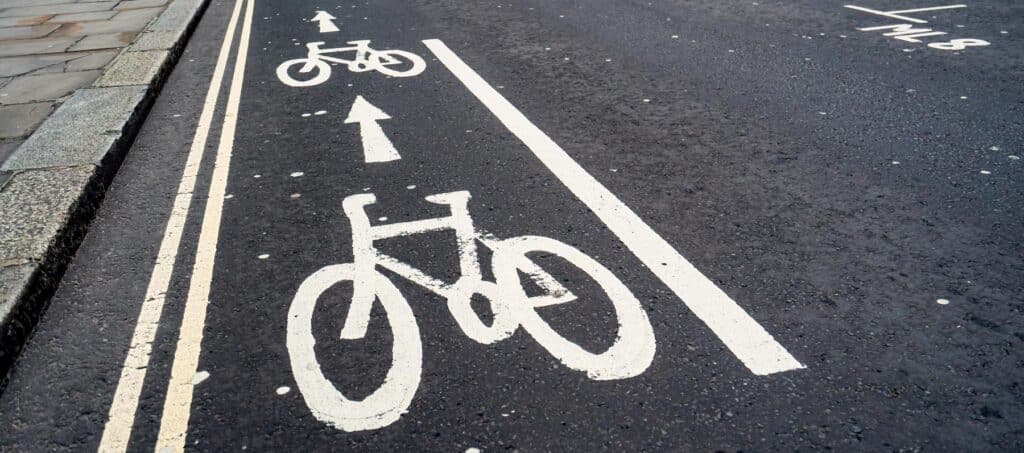
CycleRAP is a fast, cost-effective tool for evaluating the safety of road and cycling infrastructure. It generates risk scores to identify high-risk locations, helping to reduce crashes and improve safety for bicyclists and other light mobility users – regardless of the type of facility or whether it is on- or off-road.
In addition to assessing risk, CycleRAP leverages collected data and risk scores to generate a prioritised list of recommended safety improvements for evaluated cycling routes. More information can be found at the iRAP website https://irap.org/cyclerap/ including a Demonstrator Tool.
